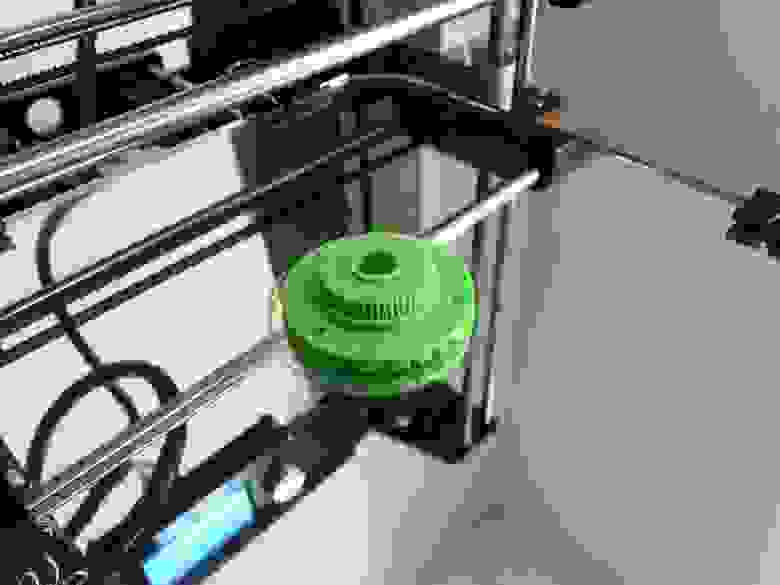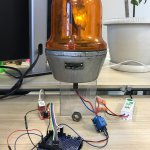
The code is posted on github , there is no authorization, sprawling API and beautiful html pages. MVP only, hardcore only! Use at your own risk, I warned.
Solid products
When the software is written, it’s time to start the flashing light. Below is a diagram that should help you understand the device.
Expectation:

Reality:

So we replace Sonoff SV with:
Arduino UNO + wiznet w5100 + Relay
Pin connection:
DIGITAL 10 – SS
DIGITAL 11 – MOSI
DIGITAL 12 – MISO
DIGITAL 13 – SCK
GND – GND
5V – 5V
We connect the relay even easier: the signal pin to DIGITAL 4, the power wire to the flasher is hooked into the gap at C (common) and NC (normally closed).
Achtung!
See the documentation for your devices. It is not a fact that by connecting the Ethernet board to 5 volts, you will not get a funny smoke when testing! In my case, everything is normal, and the module is designed to be powered from 5 volts.
Plastic products
An ad on Avito stated that the flasher was nearly operational. Over the years, only one part has died in it – the gear that rotates the reflector.

Exhale, pick up Fusion360, model a new one and print on an office 3D printer.


We lubricate the gears, replace the wires, put them back together – it works!
It would have been nice to print a nylon gear, but the first fine print failed, and the second sample from the bestfilament was not enough for the second.
That for which we are – in spite of everything!

How do I get the flasher to turn on when something out of the ordinary happens?
Elementary! We use Grafana at work, so we just start a new Notification Channel with the WebHook type, which sends a request to turn on the flasher according to certain criteria. It turns off itself after a few seconds, so as not to pump up the atmosphere even more.
How long did it take for all this mess? A couple of evenings, if not distracted. Plus half a day of working time to set up integration with the rest of the back-end systems.
The technofan was a success, the team was useful, photographs of the assembly process are shown in the end.



COMMENTS